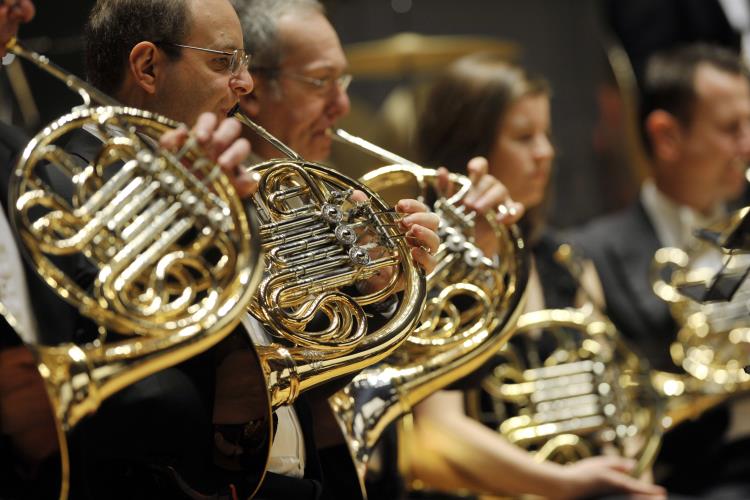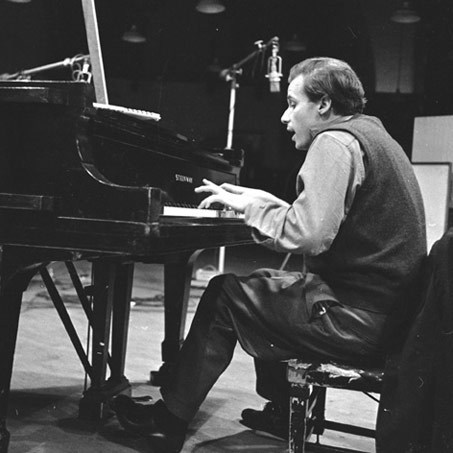Everything Is Connected: Body Mapping for Musicians
Like athletes, musicians’ activities are movement-based.
Most people, including musicians, don’t really take any notice of their bodies until they feel pain or are injured. Athletes on the other hand tend to have a far greater awareness of the body, in tune with its mechanisms and daily workings, and thus quick to spot when something isn’t right.
Why Is Body Mapping Important to Musicians?
But like athletes, musicians’ activities are movement-based, though many musicians focus only on the parts of their body which are actively engaged in playing their instrument – arms, hands, fingers, mouth – without really considering the whole body and its effect on playing, sound production and stamina. A proper understanding of how the body works and its true anatomical design can help musicians prevent and manage injury and to play with greater technical facility, expression and artistry. This is called Body Mapping.
Body Mapping encourages an awareness of the whole body to find more natural movement patterns, perhaps with less tension or faulty muscle recruitment. It draws on the practices of Alexander Technique, Feldenkrais, Pilates and yoga. In short, it encourages moving and using the body in the way it is design to move.
Grieg: Peer Gynt Suite No. 1, Op. 46 – I. Morning Mood (Slovak Philharmonic Orchestra; Libor Pešek, cond.)

Brass players hold heavy instruments in awkward positions for long periods of time.
Musicians put their bodies under enormous amounts of strain and tension: orchestral musicians sit for long periods of time, often in chairs which are not properly ergonomic; they hold heavy instruments in awkward positions (players of larger brass instruments for example); and they use repetitious movements in practicing. Performance situations – exams, competitions, concerts – also put the body under increased strain as anxiety can makes us especially tense, which can have an effect on the sound we produce. All of these factors increase tension leading to chronic pain and unpleasant conditions such as RSI, tendonitis and tenosynovitis. For non-musicians, conditions such as these can be managed with rest and therapies such as massage or osteopathy, but as many musicians are freelance/self-employed taking time out to recover from an injury can lead to loss of work.
Additionally, when we play we set up micro-tensions which we may not be aware of until a larger, more significant pain or injury develops. For a long time, I suffered from a chronic neck problem which I attributed to poor posture at the piano. I tried adjusting the height of the piano stool, sitting further back from the keyboard, sitting closer to it. Then my osteopath asked me if I held my breath when I was concentrating and the next time I went to practice, I discovered that I was. This was setting up tension in my neck, shoulders and back, and causing postural problems. I learnt how to correct this and was then able to play without pain and tension.
The Problem of “Mismapped” Body
Body Mapping is not as simple as requesting that a piano student, for example, keeps their “shoulders down”, and indeed while playing with relaxed shoulders is desirable, such a simplistic direction can lead to further problems as the student consciously tries to keep the shoulders down, while putting unnecessary strain on the upper body and neck and impeding free movement of the arms. When such movements are repeated regularly, the body “learns” them (“muscle memory”) and they become “mismapped” and habitual, thus setting up further tensions, discomfort and related problems.
Instead, it’s important to understand how the shoulders connect and interact with other bones and muscle groups: for example, the collarbone and shoulder blade unit is an important part of a whole arm which must move when the rest of the arm moves. In order to see and understand these movements, it is helpful to practice in front of a mirror. Now the musician can see how a healthy movement uses many joints of the body. This coupled with greater spatial awareness and a wider sense of the world around us as we practice and perform helps to develop greater freedom, relaxation and fluidity in playing and establishes and maintains healthier patterns of movement.
Achieving Greater Expression and Musical Communication Through Body Mapping
It seems obvious that a tense body will lead to a tense sound, but without a proper awareness of the body, many musicians assume this is the result of factors such as lack of practice or poor technique, and may try to resolve this by increasing practice time, which can be harmful in itself, rather than seeing the bigger picture of how the body is engaged to produce vibrant and expressive sound. Sometimes a very small adjustment can make a big difference. This is perhaps one of the most revelatory and significant aspects of Body Mapping: a proper understanding of the body can lead not only to freedom and comfort in playing, but also greater expression and musical communication. Through Body Mapping musicians can create a more embodied musical experience, for themselves and their audience.
